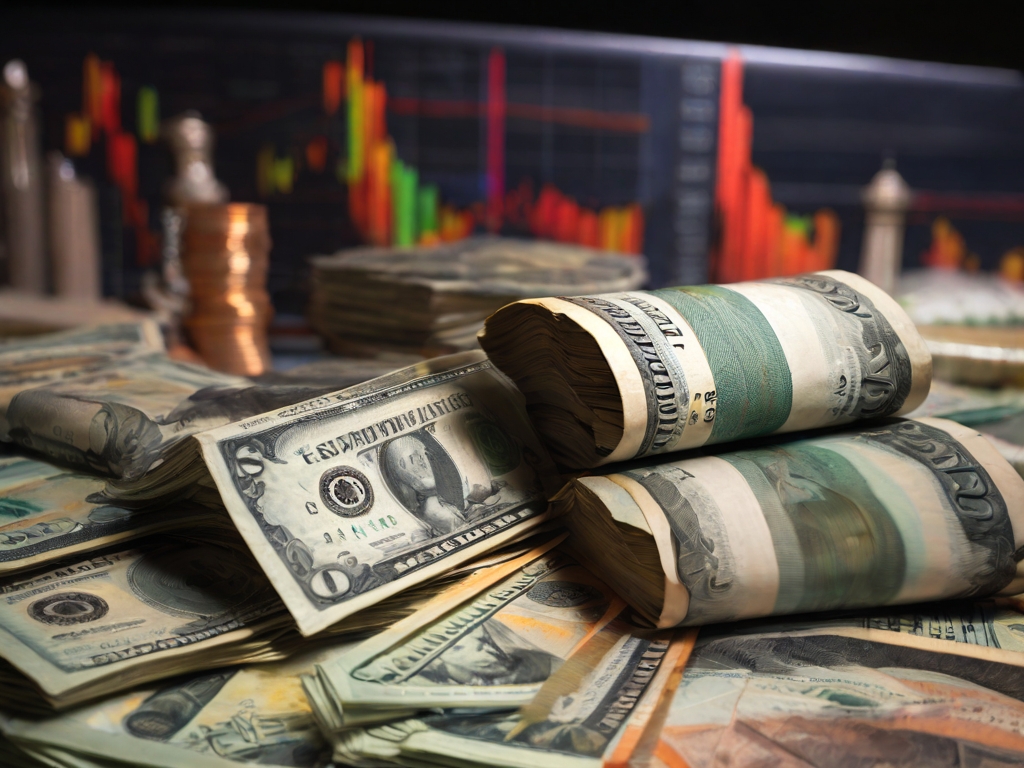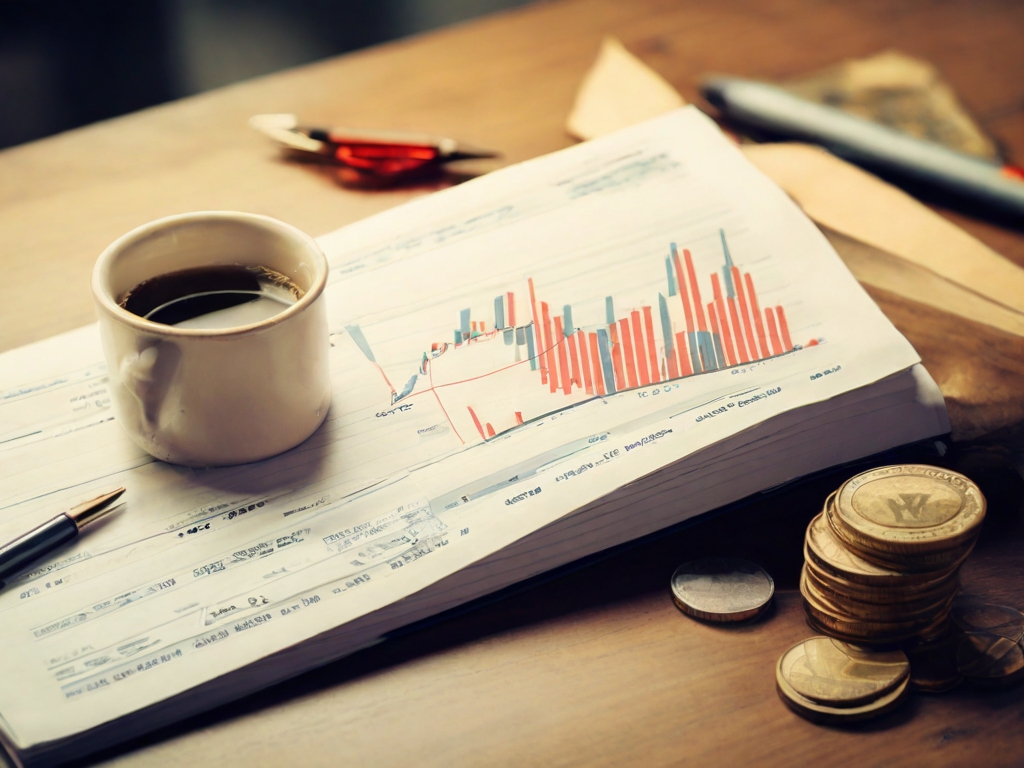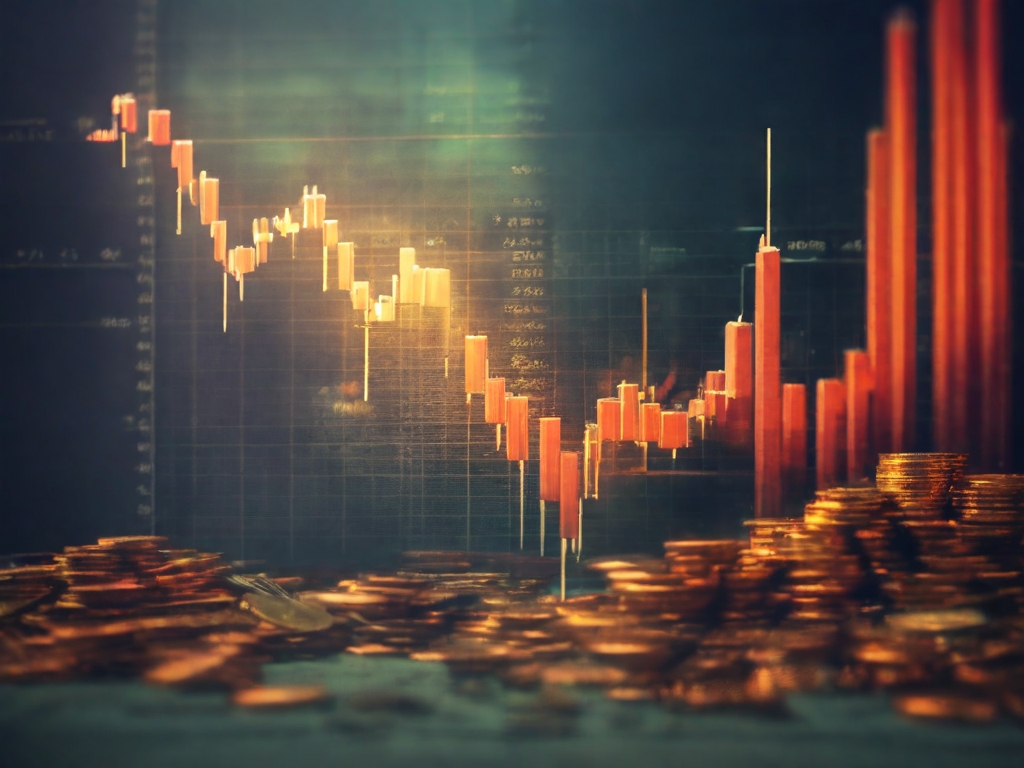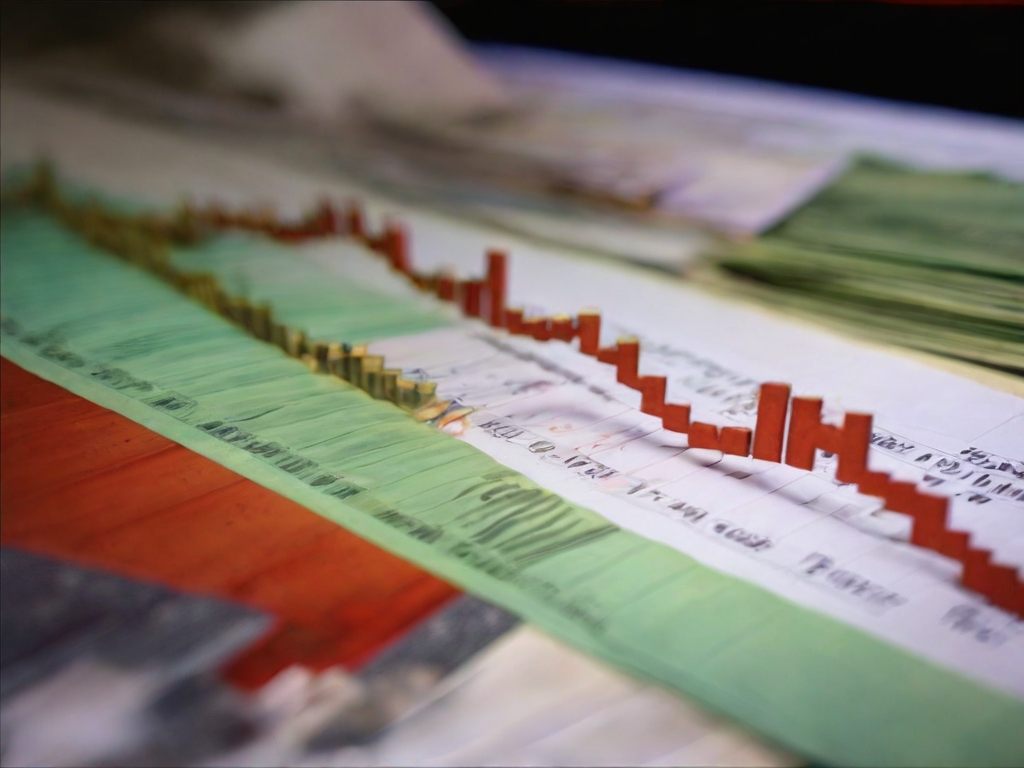
Introduction:
In the world of stock evaluation, wherein limitless metrics vie for attention, few bring the load and importance of dividend yield. In an era characterized with the aid of risky markets and unsure monetary landscapes, dividend yield emerges as a beacon of stability, offering traders a dependable move of profits regardless of market situations. This article objectives to delve into the depths of dividend yield, unraveling its significance in inventory evaluation, and empowering investors with the knowledge to make informed selections.

Understanding Dividend Yield:
At its core, dividend yield represents the ratio of a corporation’s annual dividend payout according to percentage to its present day stock rate. Mathematically expressed as dividend yield = (Dividend according to percentage / Stock rate) x 100, this metric serves as a critical indicator of a business enterprise’s monetary health and shareholder fee proposition. A better dividend yield indicates that a employer distributes a larger percentage of its profits to shareholders, making it an appealing investment option for earnings-looking for investors.

Importance of Dividend Yield in Stock Analysis:
Income Generation: One of the primary reasons buyers flock to dividend-paying shares is for the constant stream of profits they offer. In an surroundings where interest prices remain low, dividend-paying stocks offer a compelling opportunity for investors looking to generate constant returns on their investments.
Financial Stability: Companies that continually pay dividends show monetary stability and sound control practices. A history of regular dividend bills means that a agency has sufficient coins float to help its operations whilst returning capital to shareholders. This stability can instill self assurance in buyers in the course of turbulent market situations.
Indicator of Financial Health: A business enterprise’s ability to sustain and develop its dividend payments over the years serves as a litmus test of its monetary health. A step by step growing dividend yield reflects enhancing profitability, robust cash flows, and prudent capital allocation strategies. Conversely, a declining or stagnant dividend yield may also sign underlying problems within the business enterprise, inclusive of declining profits or immoderate debt burdens.
Total Return Enhancement: Dividend yield plays a critical function in enhancing general returns for investors. By reinvesting dividends lower back into the inventory, investors can harness the strength of compounding, amplifying their wealth over the long term. Moreover, dividend-paying stocks generally tend to exhibit decrease volatility compared to non-dividend-paying counterparts, further enhancing chance-adjusted returns.
Valuation Tool: Dividend yield additionally serves as a treasured tool for assessing the valuation of a inventory. A high dividend yield relative to ancient levels or industry peers can also imply that a inventory is undervalued, providing an appealing buying possibility. Conversely, an overly low dividend yield may also signal overvaluation, prompting traders to exercise warning.

Factors Influencing Dividend Yield:
While dividend yield offers valuable insights right into a company’s economic fitness, it’s miles essential to do not forget various factors that may have an impact on this metric:
Industry Dynamics: Different industries have various dividend payout ratios because of variations in capital necessities, growth prospects, and aggressive landscapes. Industries with solid cash flows and mature business fashions, together with utilities and patron staples, typically provide better dividend yields in comparison to growth-orientated sectors like generation and healthcare.
Earnings Performance: A enterprise’s income boom trajectory at once affects its potential to maintain and grow dividend payments. Strong income increase presents companies with the monetary firepower to growth dividends through the years, riding dividend yield better.
Dividend Policy: Companies adopt unique dividend guidelines primarily based on their increase objectives, capital allocation priorities, and financial constraints. While some organizations prioritize dividend bills and strive to hold a high dividend yield, others may also prioritize reinvesting earnings into increase projects, ensuing in lower dividend yields.
Market Sentiment: Investor sentiment and marketplace situations can have an impact on dividend yield dynamics. During periods of economic uncertainty or market downturns, buyers may also flock to dividend-paying shares, bidding up prices and compressing dividend yields. Conversely, in bullish market environments, dividend yields may additionally enlarge as investors are trying to find safety and income.
Interest Rates: The triumphing interest charge surroundings plays a huge position in shaping dividend yield tendencies. In a low-interest-rate environment, dividend-paying shares grow to be extra attractive to income-in search of traders, leading to higher demand and lower dividend yields. Conversely, rising hobby charges can dampen demand for dividend-paying stocks, exerting downward stress on dividend yields.

Conclusion:
In the extensive universe of stock analysis, dividend yield stands out as a beacon of stability and profits generation. Its importance transcends mere financial metrics, embodying the essence of shareholder cost and economic stewardship. As buyers navigate via turbulent market waters, armed with the understanding of dividend yield and its implications, they are able to steer their investment portfolios towards sustainable wealth advent and financial prosperity.
Through the lens of dividend yield, buyers can uncover hidden gemstones of profits making an investment, charting a course toward economic independence and enduring prosperity.
In the ever-evolving panorama of monetary markets, dividend yield remains a steadfast ally, guiding buyers through the highs and lows of market cycles. As the adage is going, “In dividends, there may be electricity,” a undying testament to the iconic energy and significance of dividend yield in stock evaluation.
